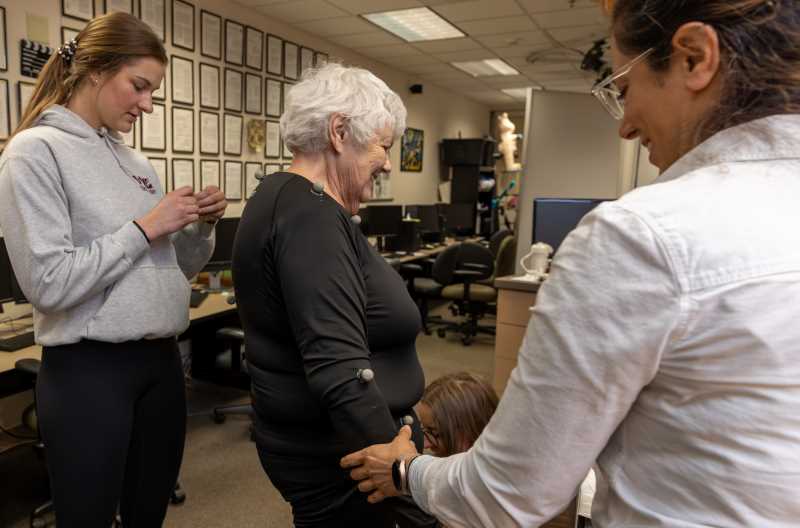Physical Therapy
Learn more about seated measurements
Novel Pliance Seat Measurement System
The Pliance Seating System is used to monitor local loading at the seat interface. Data from 1024 sensor mat (each sensor is a 1.5 cm2 area) can be monitored at various measurement rates.
Data collection
The flexible sensor mat is placed on the seat prior to a patient being seated. Local loads can now be determined to assess the seating environment. Prolonged loading in a seated patient with a lack of sensation and/or the inability to alter his or her body position is cause for concern. An obvious scenario would be a patient with a spinal cord injury. Relatively, low loads at the seat interface are thought to reduce capillary blood flow causing damage to healthy tissue. The prolonged load may result in sore development. Use of pressure distribution may prove to be helpful in the objective assessment of the seating environment to minimize the "risk" of wound development. Various therapeutic strategies for reducing the seat interface loads such a cushion types and body positions could be evaluated.
 Seated Data Collection
Seated Data Collection
Data interpretation
Below are two maximum pressure pictures (MPP's) of a seated patient. The data on the left is with a patient sitting in a typical seated position with hip and knee at 90 degrees. The data on the right is with same patient with a hip and knee angles much less that 90 degrees. Note the changes in loading depicted in both loading situations.
 Seated Data Interpretation
Seated Data Interpretation
Clinical and research uses of seated measurements
Seated measurements are useful in the assessment of various scenarios associated with seating. These include the objective assessment of seat cushion and of various patient positioning techniques.








